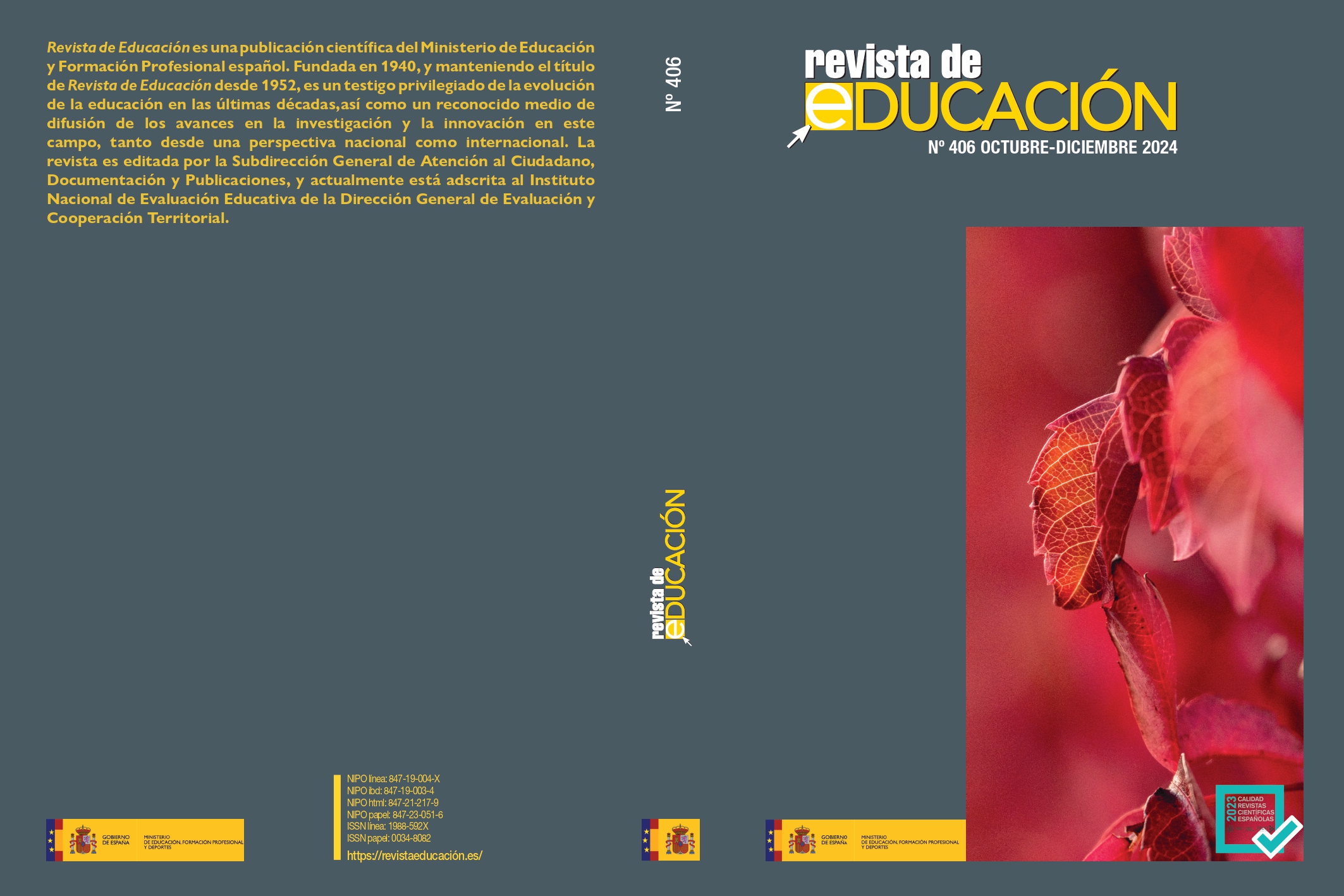Arithmetic word problems in Castilian-Leonesian and Andalusian textbooks
Main Article Content
Abstract
The results of mathematics achievement assessments such as TIMSS, in which problem solving is the cornerstone, show that the performance of students in Castile and Leon is significantly higher than that of students in Andalusia. These differences seem to be due to some aspects pointed out by TIMSS itself (such as the Social and Economic index), although they could also be due to some degree to certain elements of the teaching-learning process, such as the textbook. The aim of this paper is to determine whether the primary mathematics textbooks used in Castile and Lion are different from those used in Andalusia, in relation to the learning of verbal arithmetic problem solving. For this purpose, in a first study we describe which books have been used more frequently in each autonomous community, for which we analyzed the official lists of books used in 3rd grade Primary classrooms, published by schools and educational administrations in Castile and Leon and Andalusia. In a second study, through a quantitative analysis of materials, 3rd grade primary school books from the most widely used publishing projects in each autonomous community were analyzed in relation to the number of tasks aimed at solving problems, and the variety and level of semantic-mathematical difficulty of these problems. The results indicated that, although the most frequently used books in both communities belong to different publishing projects, the most used books in Castile and Leon and Andalusia were similar with respect to the variables analyzed, the only difference being a greater number of problems in the Castilian-Leonesian books. These results contrast with those obtained in international comparisons of textbooks, and point to a greater influence of other variables in the differences in student performance in both communities.
Key words: textbook, primary education, problem solving, arithmetic, comparative analysis, content analysis.

